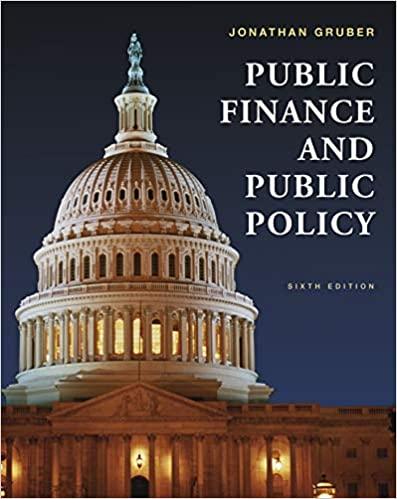The state of Delaland has two types of towns. Type A towns are well-to-do, and type B
Question:
The state of Delaland has two types of towns. Type A towns are well-to-do, and type B towns are much poorer. Being wealthier, type A towns have more resources to spend on education; their demand curve for education is Q = 100 − 2P, where P is the price of a unit of education. Type B towns have a demand curve for education which are given by Q = 100 − 4P.
a. The cost of a unit of education is $20 per unit. How many units of education will the two types of town demand?
b. In light of the large discrepancies in educational quality across their two types of town, Delaland decides to redistribute from type A towns to type B towns. In particular, they tax type A towns by $5 for each unit of education they provide, and they give type B towns $5 for each unit of education they provide.
What are the new tax prices of education in the two towns?
How many units of education do the towns now purchase?
c. Delaland wants to completely equalize the units of education across towns by taxing type A towns for each unit of education they provide and subsidizing type B towns for each unit of education they provide. It wants to do this in such a way that the taxes on type A towns are just enough to finance the subsidies on type B towns. If there are three type A towns for every four type B towns, how big a tax should Delaland levy on type A towns? How big a subsidy should they provide to type B towns?
Step by Step Answer:






